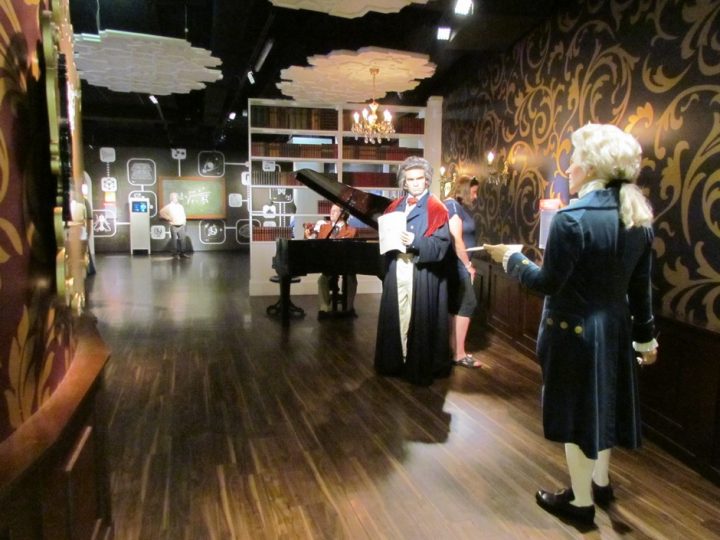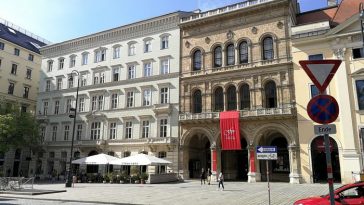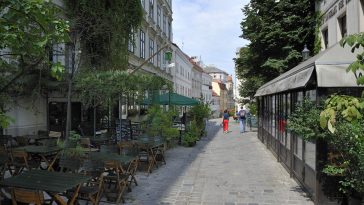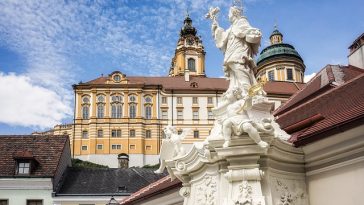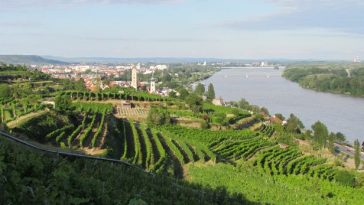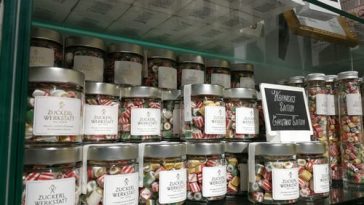Useful information
Vienna has a particularly interesting history as a former imperial city. Twice the “door to Western Europe” was besieged by the Turks, but it was able to avert the threatening expansion of the Ottoman Empire. It not only became the capital of the Habsburg Empire, but also a center for literature, art, and music.
Many famous people are associated with the city. Strauss, Schönberg and painters were Viennese. Beethoven and Mozart lived here for several years. Goethe himself never stayed in Vienna, but was nevertheless a great friend of the city. In the 19th century and especially at the beginning of the 20th century, Vienna, together with Paris, was the pulsating metropolis of the artistic avant-garde.
The presence of this cultural diversity left its traces, and even today the artists’ residences are open to visitors, they can admire their works and commemorative plaques recall their daily lives in Vienna.
But there is also much to learn about the city itself, its buildings and gardens and its river. One magnificent building stands next to the other and often these tell of the old Viennese noble families. The history of the Habsburgs alone fills several volumes of history, but the nobility of Vienna with the rest of Europe is certainly more productive. Almost everything in Vienna – from park to cake – is a story worth knowing.

